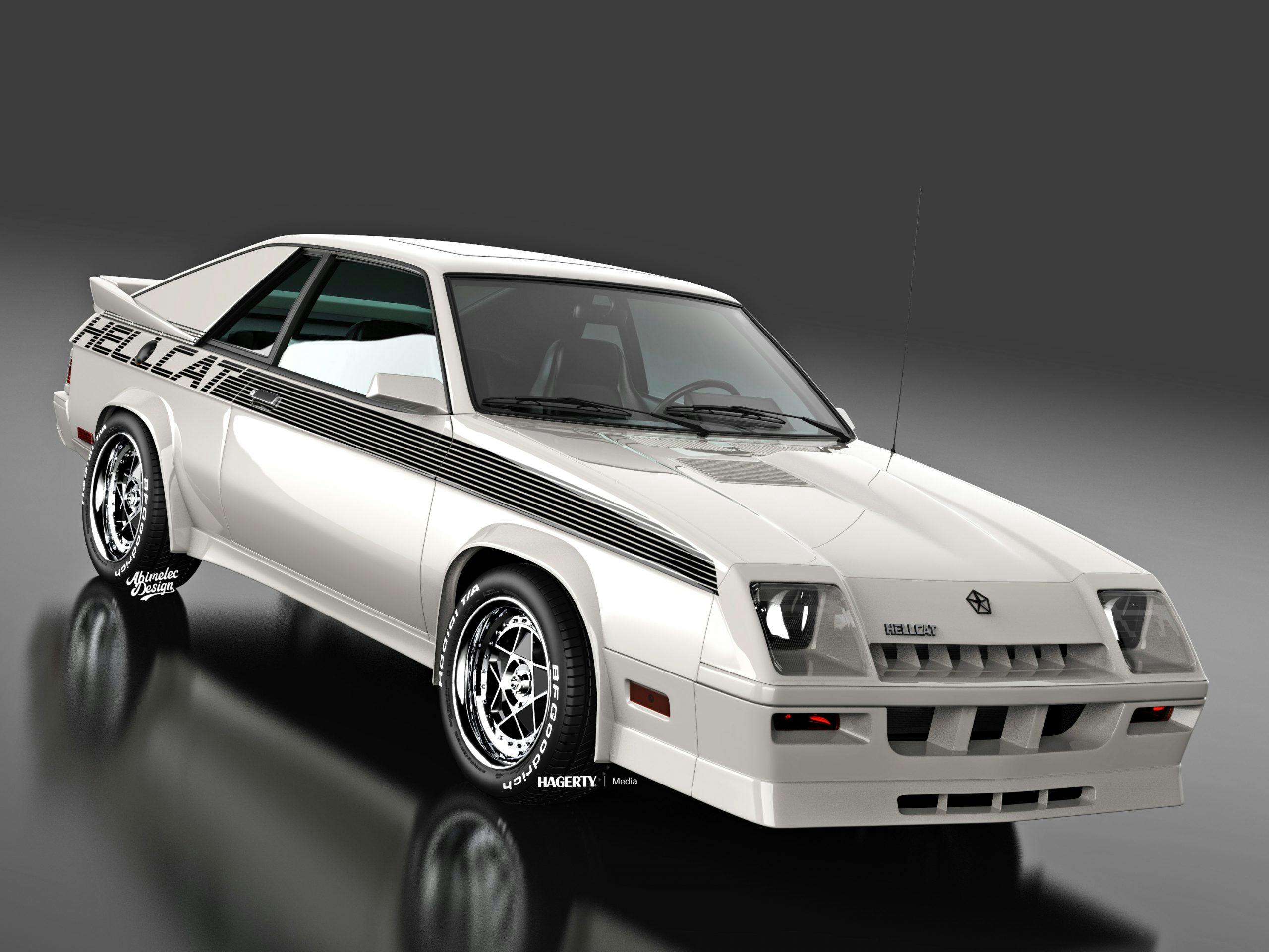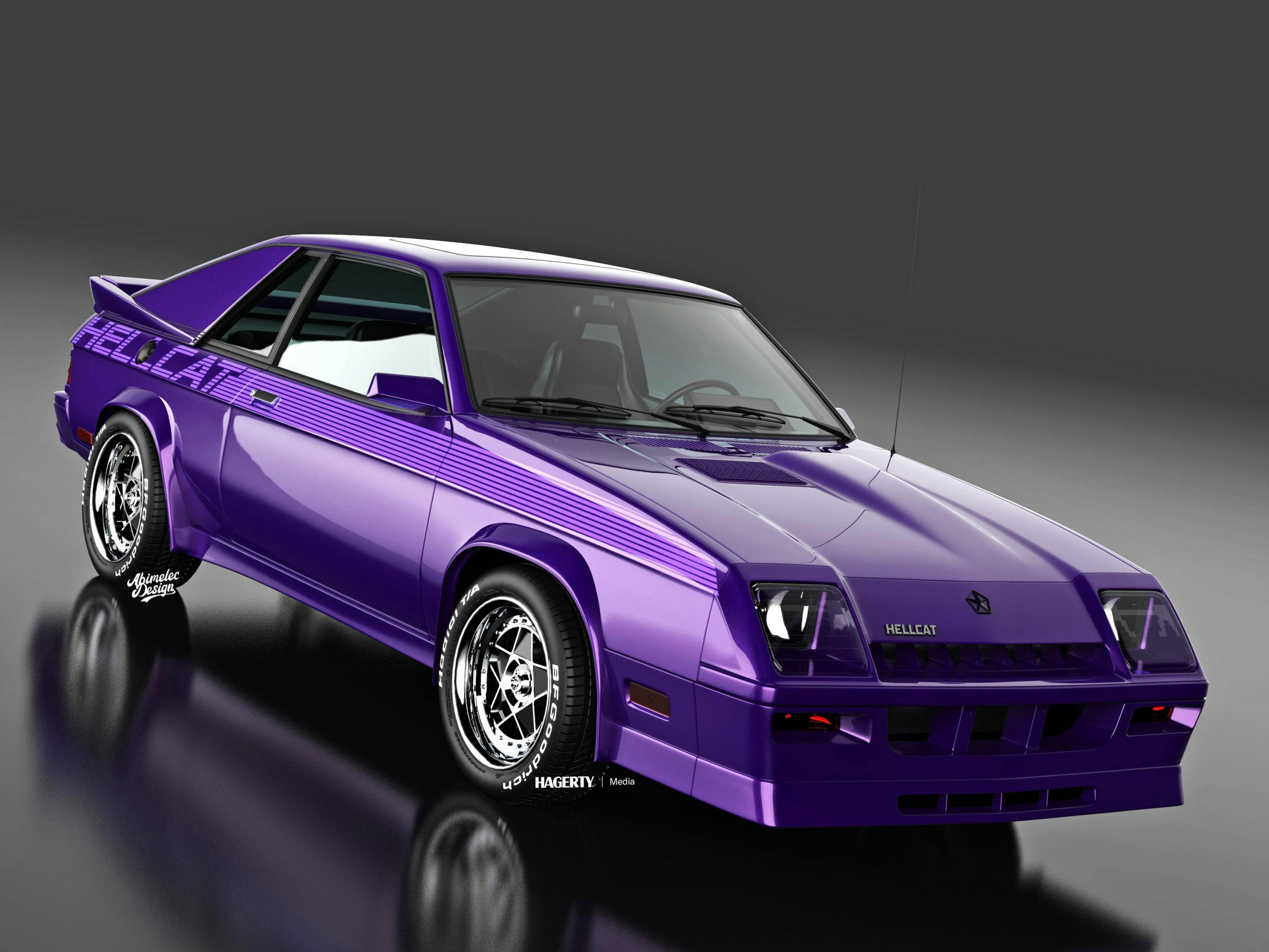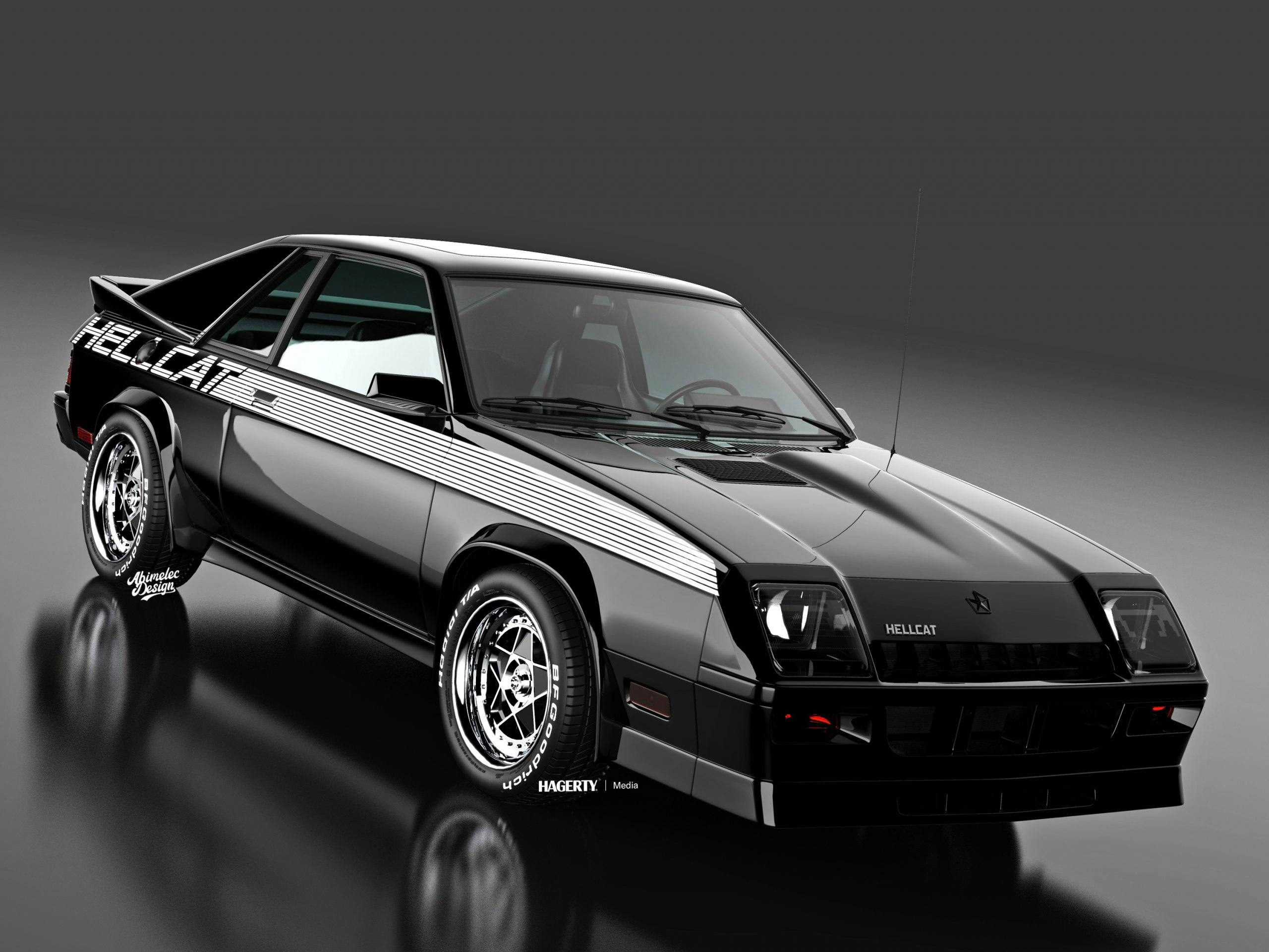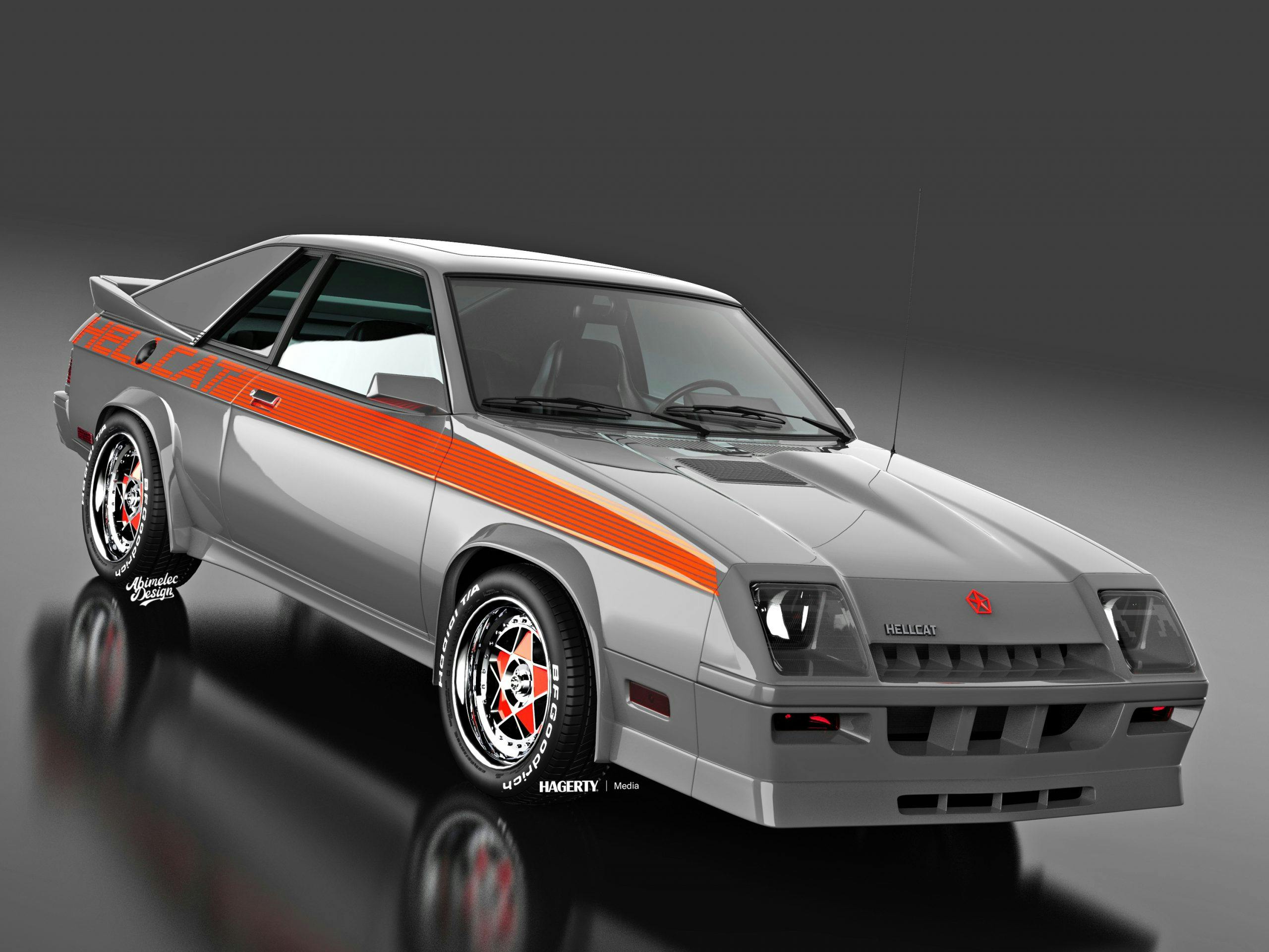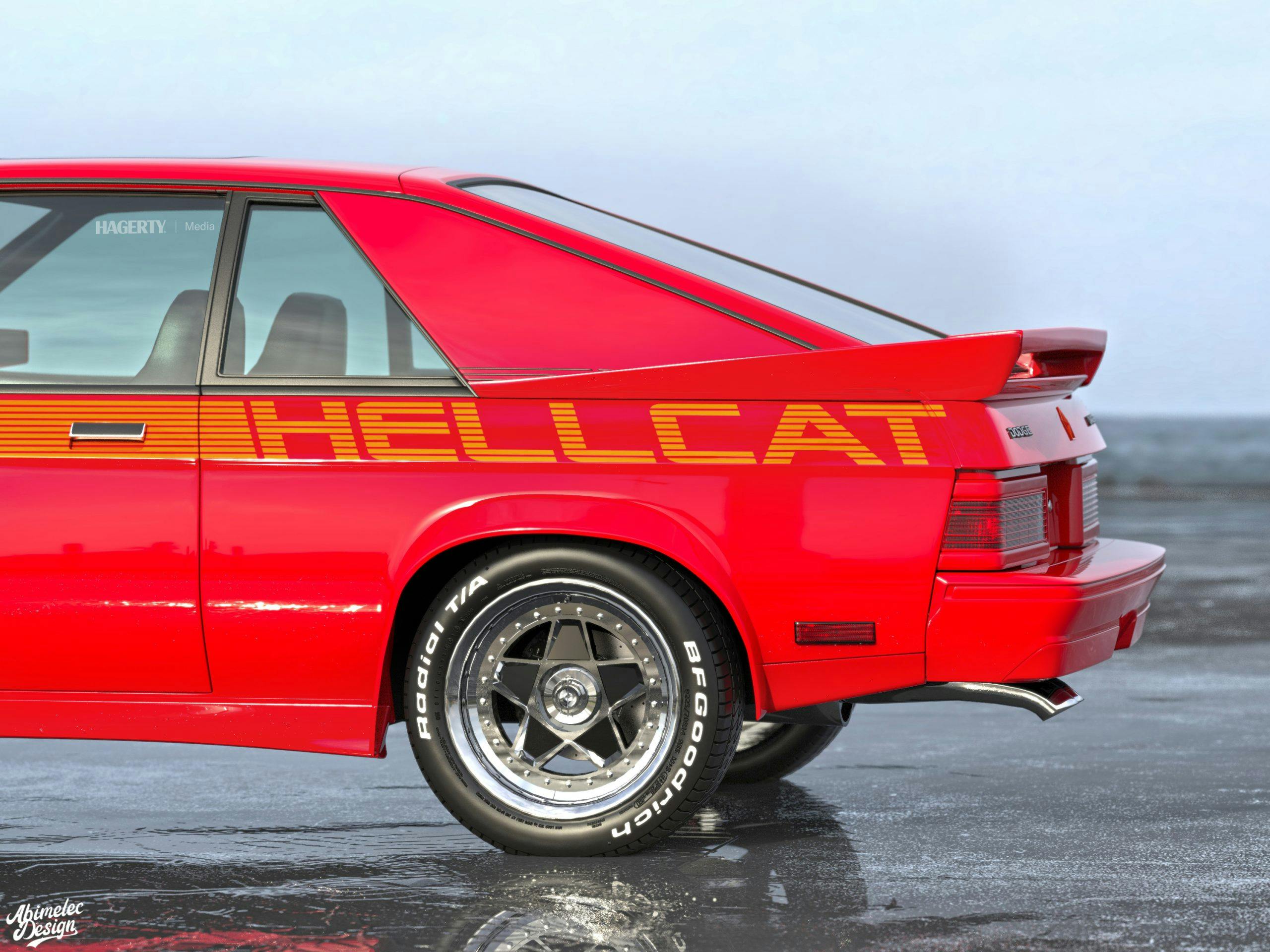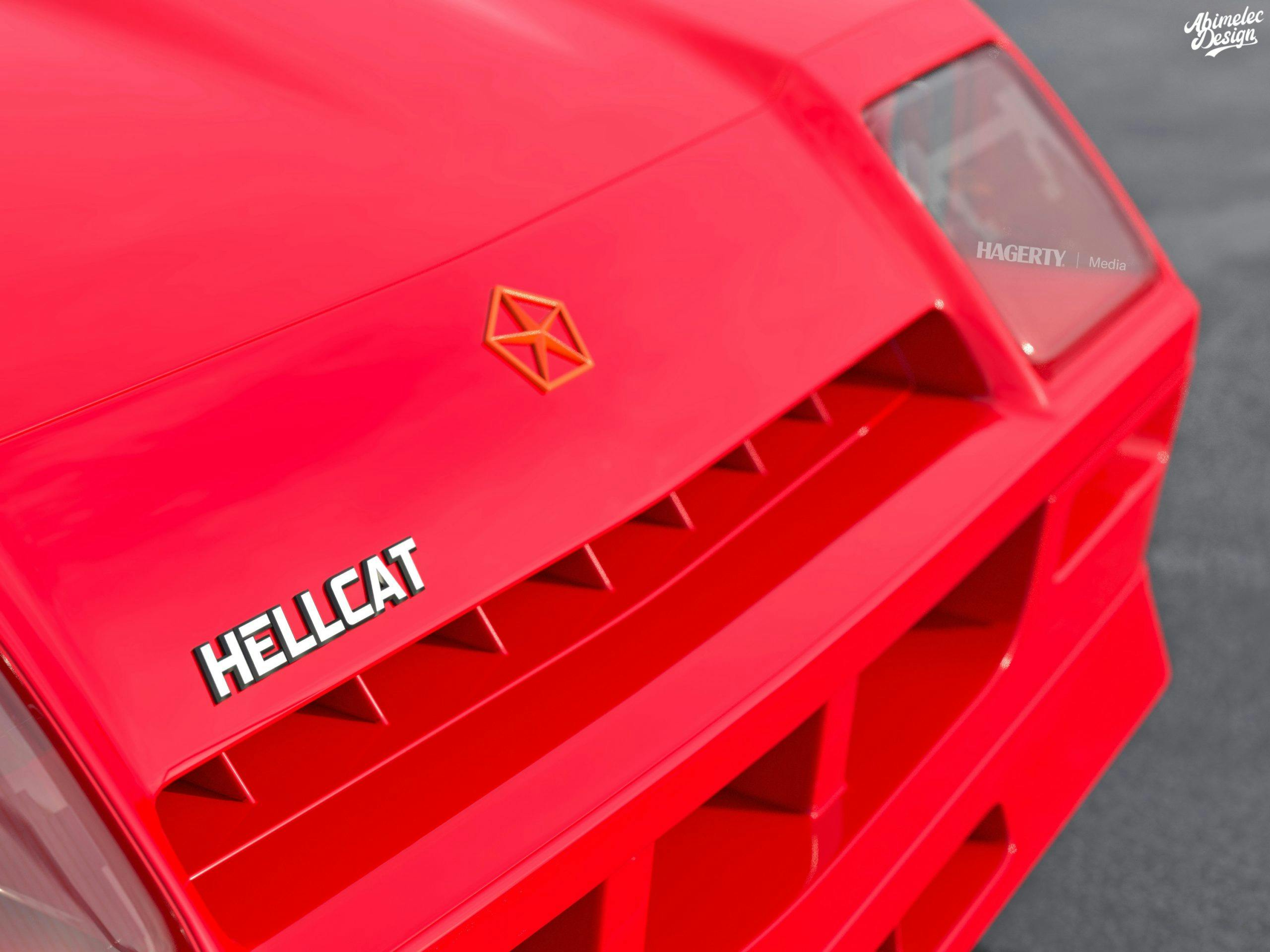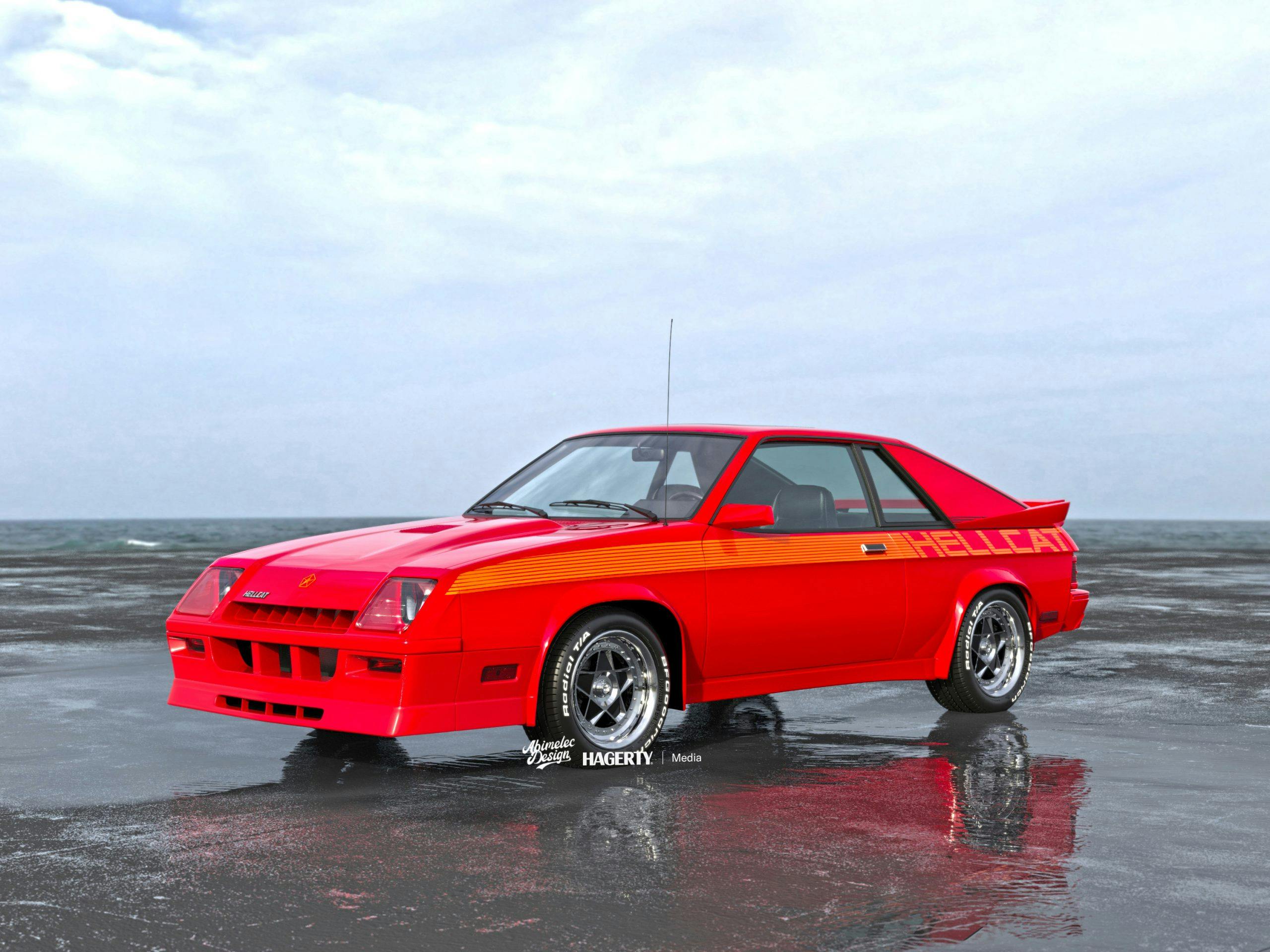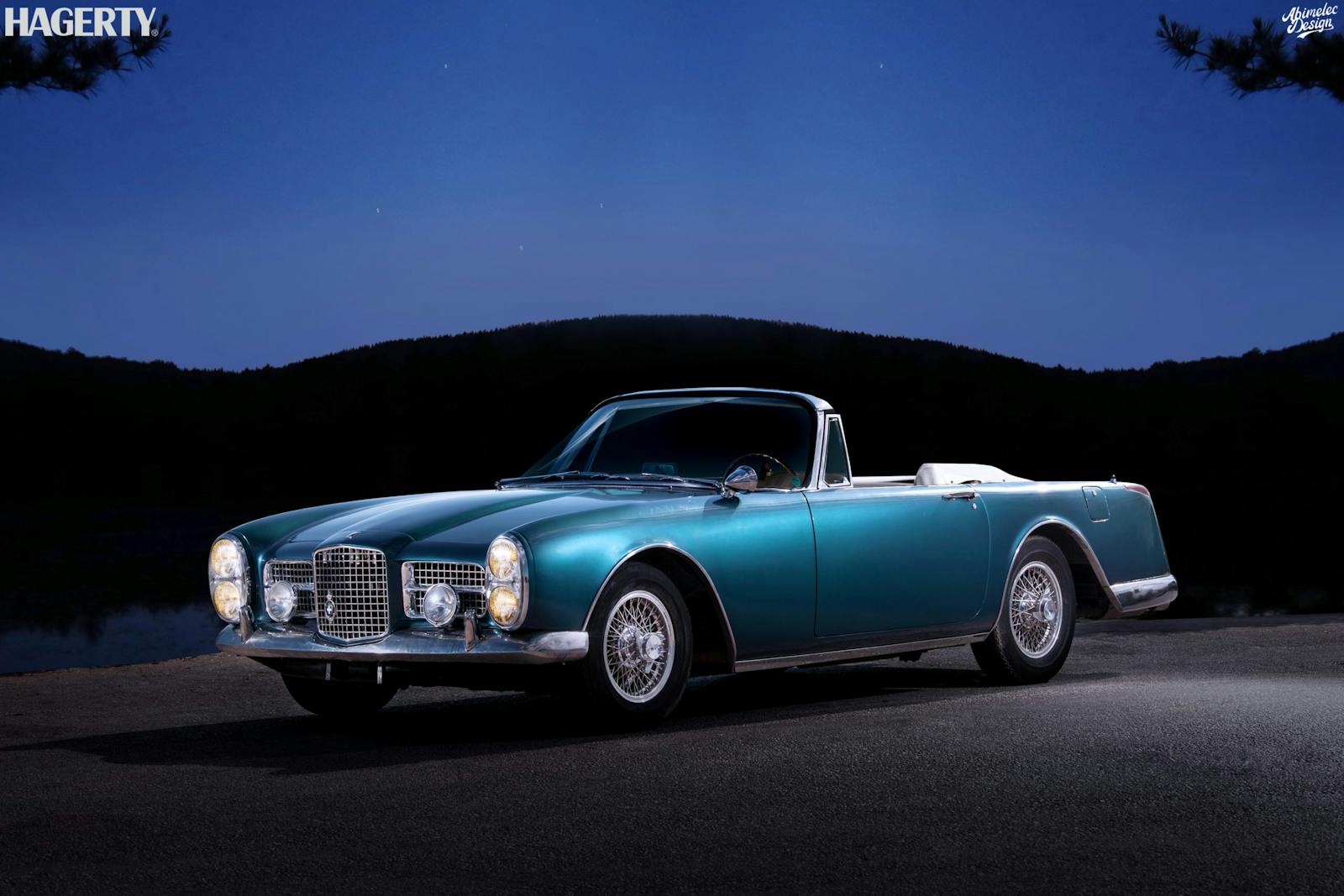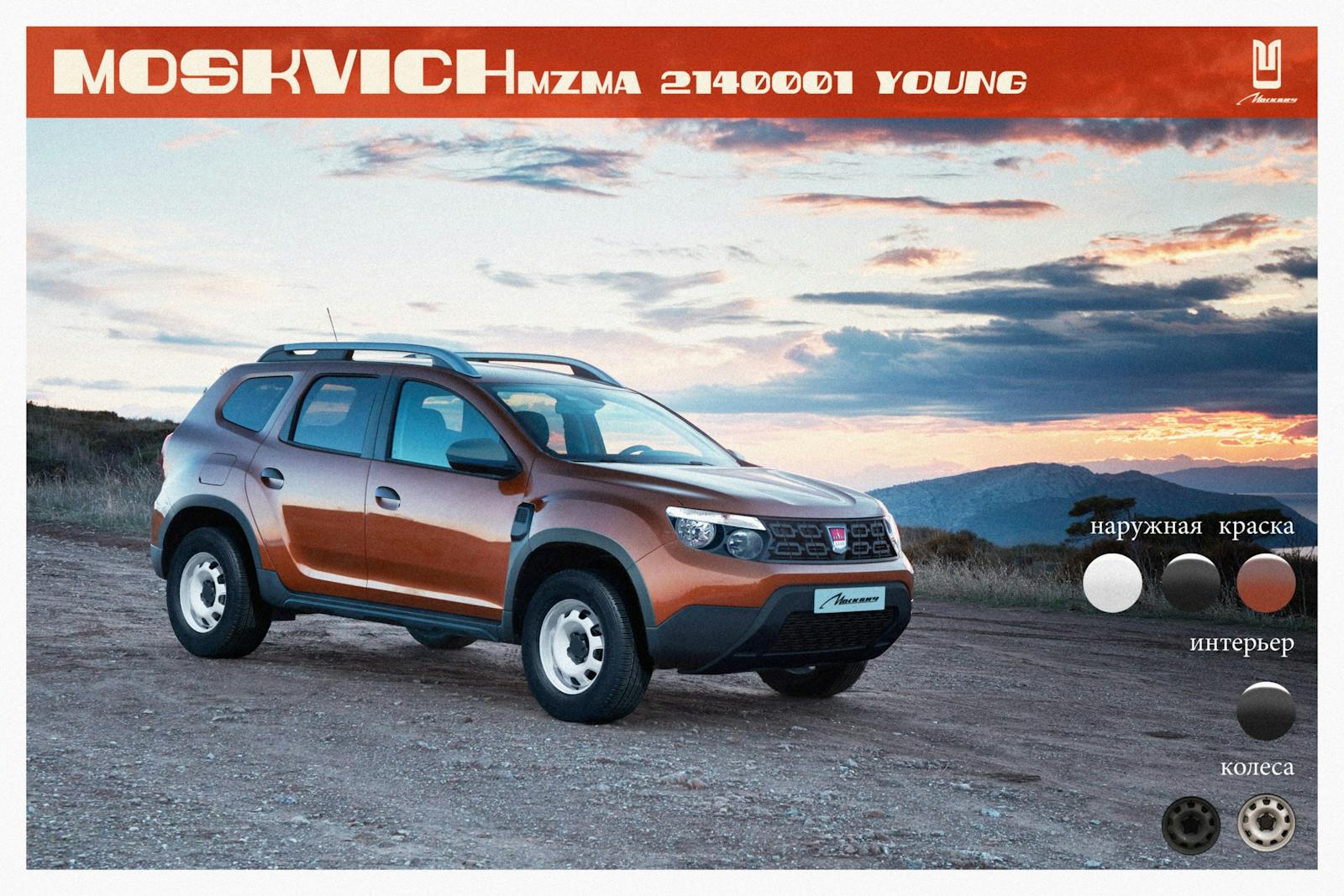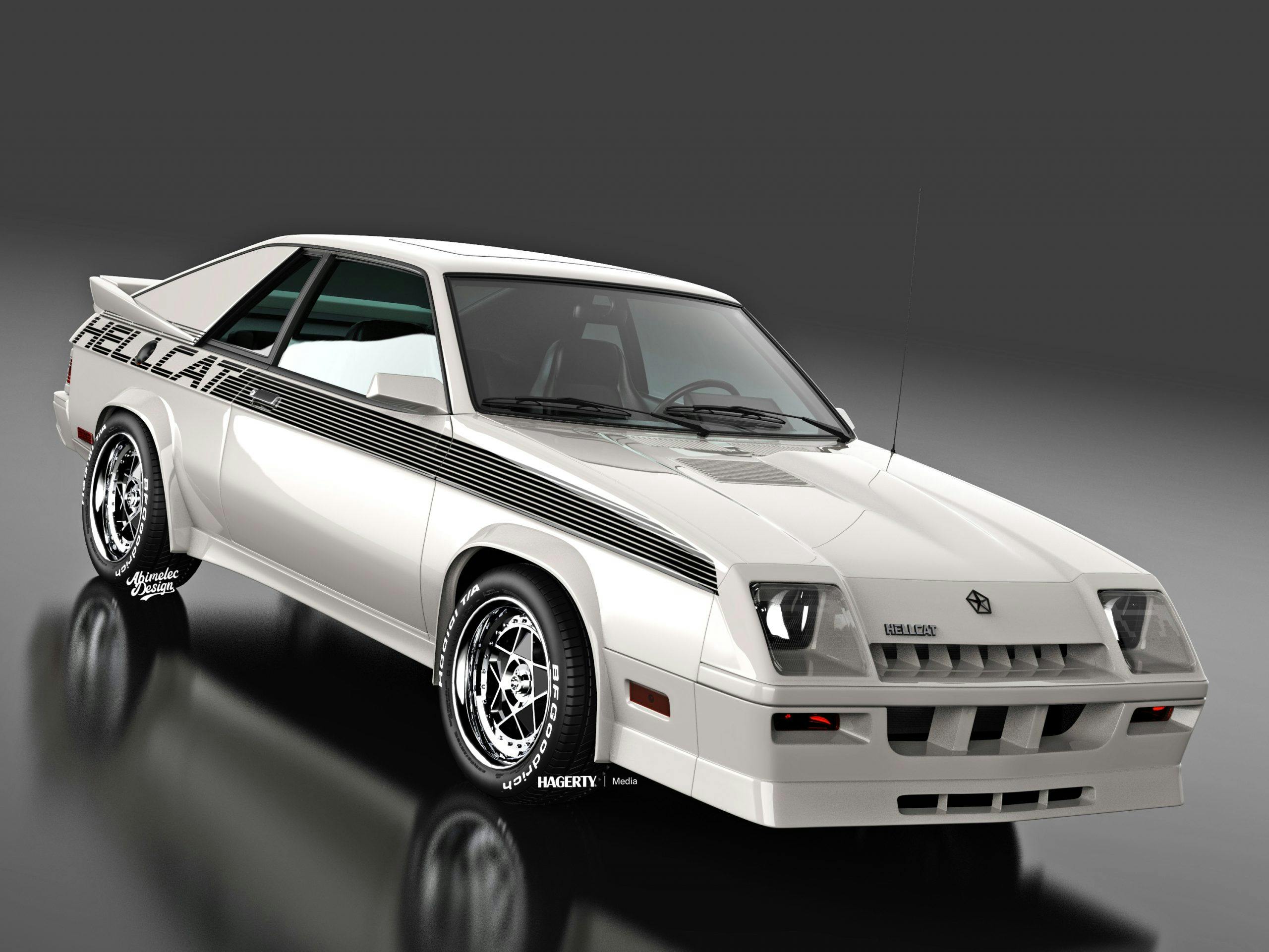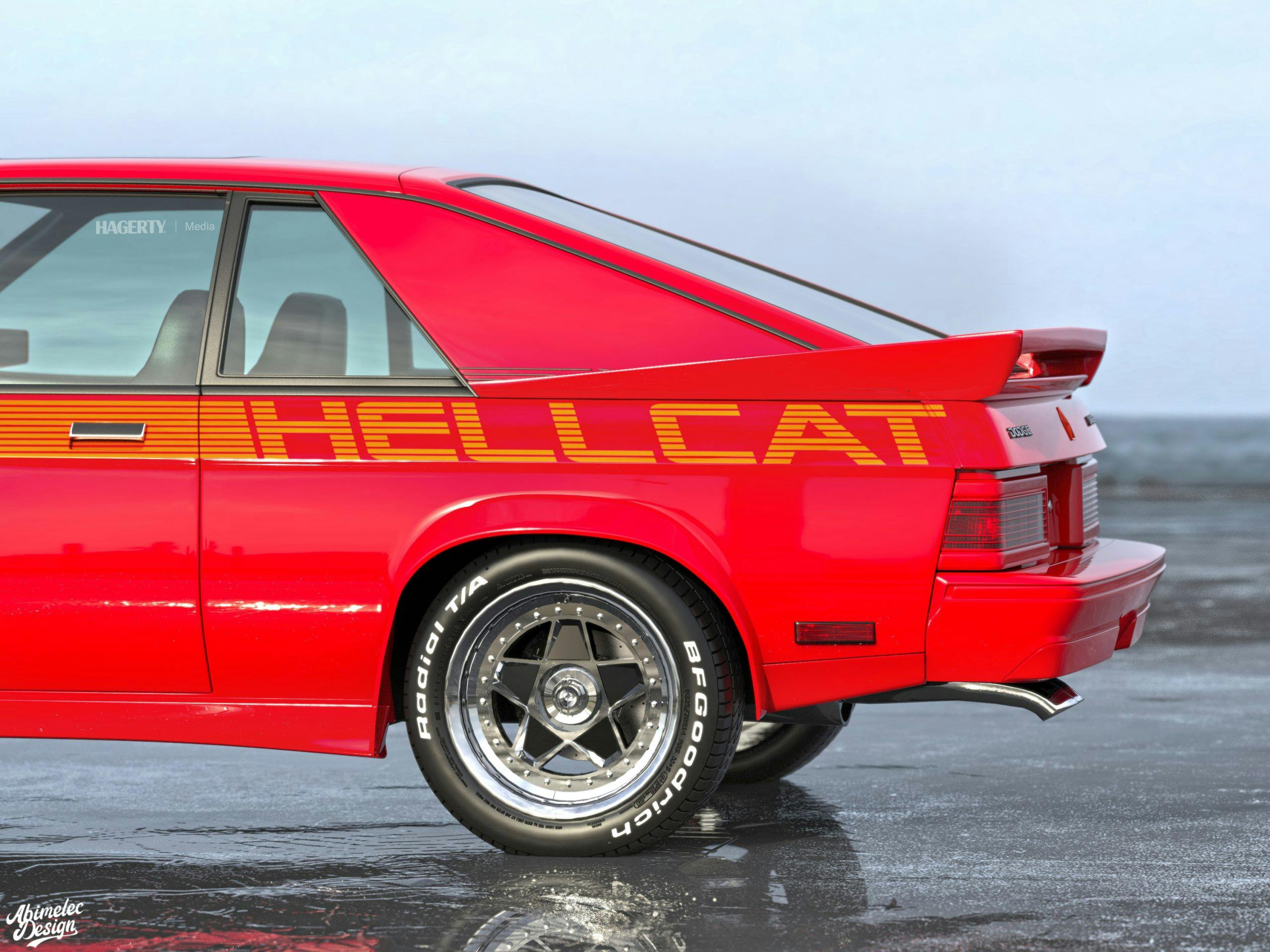Media | Articles
What If? 1987 Dodge Charger Hellcat
Welcome to What If, a new feature from imaginative illustrator Abimelec Arellano and Hagerty. We’ll be taking you back in time—and possibly forward into the future—to meet alternative-universe automobiles. Even better, our time machine is working well enough to bring “short take” reviews along with the photographs and advertisements. Buckle up and enjoy the ride!
(Originally published in Motor Vogue magazine, January 1987)
If there’s one thing hot-rodders like to do, it’s live in the past — but here at Motor Vogue we live in the day after tomorrow, and you’d better join us! It’s 1987 already, not 1967, so you need to stop thinking that we will ever again live in a world of V-8 Dodge Chargers or Shelby Mustangs. Those days are done! Get over it! In fact, these are the last days of fast cars, period!
Which is why it’s so amazing for Dodge to develop an even faster version of its Charger fastback coupe. The Shelby Charger was already crazy fast, with a 0-60 time of just 7.9 seconds, but with the demise of the L-body coupe on the horizon, the enthusiasts at Chrysler wanted to hit Warp Speed Nine with their last take on the platform.
So what you’re looking at is a 1987 Charger, with the old single-headlight “Shelby” nose and an engine that breaks all the rules. Chrysler engineers call it “Turbo II Point V”, a wacky in-joke based on the fact that it shares many parts with the new “Turbo II” version of the time-honored inline-four … but it’s also been expanded to a full 2.5 liters! We sat down with Chrysler engineers to find out what was up.
Marketplace
Buy and sell classics with confidence

“To make the Turbo II Point V, we had to put together a greatest-hits package of our best and fastest turbo parts,” Erich Heuschele told us. “Take the 2.5, alright? Now build it to the specs of the Maserati engine in the 1986 TC by Maserati … but do it right here in Detroit, using the assistance of a few specialty shops. That means forged pistons, rods, crank… put a massive turbo on it, then let it rev all the way to 7,700 rpm thanks to titanium valvetrain components. That gets you 220 horsepower at that rev limit. Naturally, a package like this requires a massive intercooler, which is behind the airdam, but it also requires an improved cooling package for the engine as a whole. We also pair this engine exclusively with a strengthened version of our close-ratio 5-speed, as originally developed for the non-turbo, 107-hp Shelby Charger a few years back.”
Editor’s note: After our interview concluded, we found out that Erich Heuschele was, in fact, a graduate engineering student who had just wandered onto the grounds as part of a tour group and was not, in fact, a Chrysler engineer, being just 25 years old. However, all his information appears to be correct.

Although the Chrysler partnership with Carroll Shelby has been quite fruitful, the engineering team didn’t want to go out-of-house for this swan song of a car that has done so much to energize the Mopar faithful over the years. So this is no kind of Shelby — it’s a “Hellcat”. Some of you old-timers may recall that the Grumman Hellcat was an improved “Wildcat”, which in turn was an improved “Bearcat”. It’s hard to understand why Grumman didn’t go immediately to the “Hellcat” at the beginning, since the “Bearcat” was terrible and the “Wildcat” was a sitting duck for the Mitsubishi “Zero”. Nowadays, of course, Mitsubishi provides vehicles for Chrysler, so is this “Hellcat” a sly wink at the Japanese partners? Impossible to tell.
Here’s what is not impossible to tell: the Hellcat’s insane performance. This 2470-pound coupe reached 60 mph in a scarcely believable 6.2 seconds, with a quarter-mile time of 14.1 seconds and a trap speed of 97 mph. That means it’s as fast as a Corvette, and almost as fast as the straight-line American king, the Buick Grand National! It was obvious that some sort of comparison test had to be performed. It was time for the Hellcat to ask the Grand National to STEP OUTSIDE!
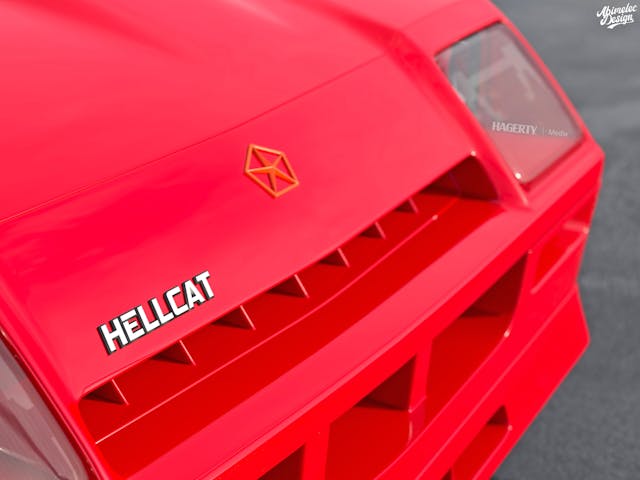
Sadly, the staffer tasked with bringing the Grand National to our test facility lost control while parking the big Buick, ramming it into the Charger at a velocity sufficient to total both vehicles. (Good news: Spaniel is out of the hospital and says he feels just fine!) So that test will have to wait a few weeks. In the meantime, some of you will want to save your pennies: this super-Charger has an all-inclusive price of $13,999. For that price you get all the performance discussed above, plus luxuries like air conditioning, power windows, and deep-pile acoustic carpet. We say it’s a heck of a deal, and very possibly could be the Car Of The Year, assuming the right envelopes show up at the right address!









